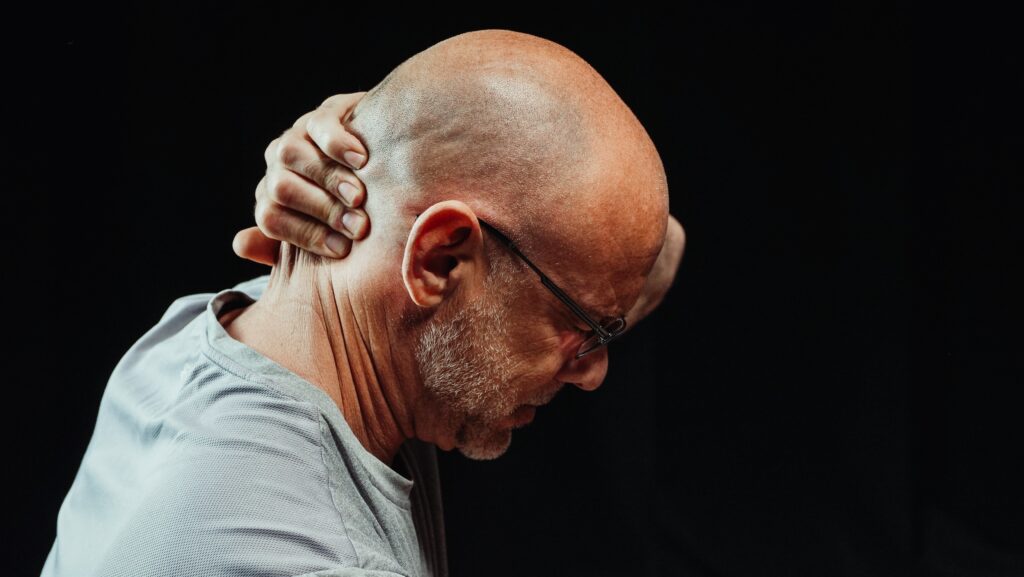Physical Therapy for Neck Disc Degeneration
Introduction
Neck disc degeneration is a widespread condition, particularly in individuals of older age. It occurs due to the accumulated wear and tear on the discs that cushion and separate the vertebrae of the neck. This can lead to stiffness, pain, and numbness in the neck.
However, physical therapy offers a promising treatment for this condition. With the right therapy, the symptoms can be alleviated, and the function of the neck can be restored. This form of therapy can help regain strength and flexibility, making it an effective way to manage neck disc degeneration.
What to Expect at Physical Therapy
When you begin physical therapy for neck disc degeneration, your therapist will first assess your symptoms and make observations about your posture and movement patterns. The goal is to determine which activities put a strain on your neck and which ones are safe to do. Your therapist may also suggest various tests such as imaging studies to get a better understanding of what’s going on with your spine.
Once any tests have been done (or depending on the severity of the condition), you may then begin treatment. This usually consists of exercises specifically designed to reduce pain, increase mobility, improve strength and stability around the neck region, improve posture and balance, or all of these goals together.
Types Of Exercises You Might Do
Some examples of exercises commonly used in physical therapy for neck disc degeneration include:
- Neck stretching: This simple exercise involves gently stretching your head side-to-side or up-and-down while holding it in place with one hand on either side of your face.
- Strengthening exercises: These involve using resistance bands or weights to slowly build strength in the muscles surrounding your cervical spine (neck). Examples include shoulder shrugs and wall slides.
- Posture correction: Poor posture has been linked with increased neck pain due to disc degeneration; therefore correcting it is important in achieving lasting relief from symptoms. Exercises such as chin tucks and scapular wall slides can help retrain incorrect postural habits.
- Balance work: Since balance problems can often occur alongside cervical disc degeneration, working on improving balance with simple tasks such as standing on one foot or walking heel-to-toe can be helpful in reducing overall discomfort levels.
How Long Does Recovery Take?
Recovery time depends greatly upon how severe a person’s case is and how successful they are at following through with their prescribed treatment plan. Generally speaking though, noticeable improvements should start becoming visible within a few weeks after beginning physical therapy if the patient adheres to instructions closely enough; however full recovery may take months to achieve depending upon the individual’s particular circumstances.
Conclusion
Neck disc degeneration can be an incredibly painful condition but fortunately, physical therapy can help give sufferers relief from these uncomfortable symptoms by strengthening musculature surrounding the affected area while also correcting any poor postural habits that exist which could be exacerbating symptoms even further. For most people taking part in regular sessions with a qualified physical therapist should yield positive results relatively quickly; however, everyone’s body recovers at its own pace so patience is key when it comes to successfully treating this condition!

